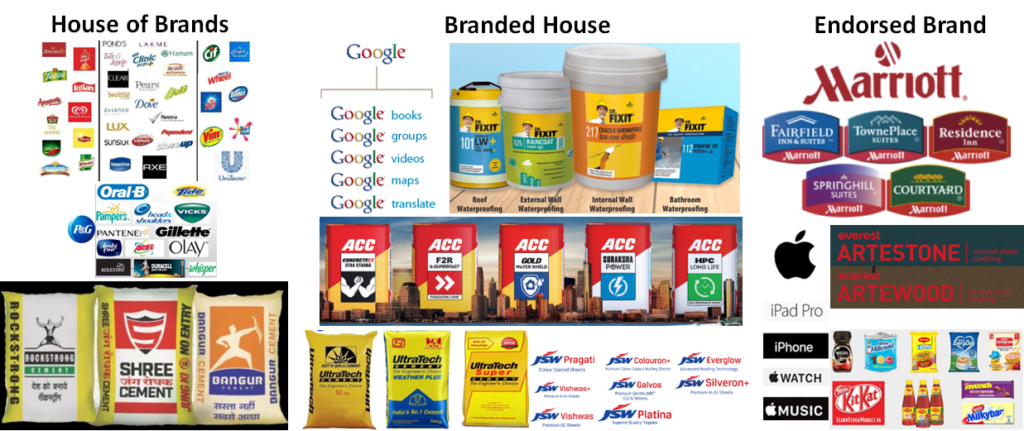Conducting market research periodically is important for commodity companies. The market intelligence provides input for course correction in the marketing strategy. Survey can be with the channel partners, influencers and end users.
Attributes of Survey
The survey questionnaire for market research may not be very detailed. It need not be one involving several hundreds of respondents. However it should be systematic, fearless and unbiased.
Systematic means that the responses should be sought on similar questions from one type of respondents. There should be enough responses on any parameter to arrive at a conclusion from market research.
Fearless means that the respondents should be able to give their opinion in a free manner. Generally avoid to ask channel partners for feedback in front of company sales personnel as often they tend to give more negative feedback so to extract more benefits from the company. Some of them do not speak for fear of losing the goodwill of the company.
Ensure to cover all types of channel partners in the sample. This makes the survey unbiased. So, seek feedback from all types of respondents from the target segment in the survey- big and small, exclusive and multi-brand, young and old promoter-driven stores.
Objectives of Market Research
Collecting market intelligence can have various objectives. It can be done to understand customer preferences priorities. It can be done to estimate the market size. It can be done to evaluate the brand health or customer satisfaction with its products. It can be done to estimate the viewership or reach of its advertisement or what has been its impact on purchasing behaviour of customer. It can be done to gather competitor information.
Then companies also need to collect some information about the channel partners. They should be regularly updating their database of the retail counters and wholesalers present in the market, potential of each, financial background, brand preferences, market potential, etc. This will help in targeting specific channel partners who can add value to the existing network.
Company can conduct market surveys through its own staff or outsource the task to an agency.
